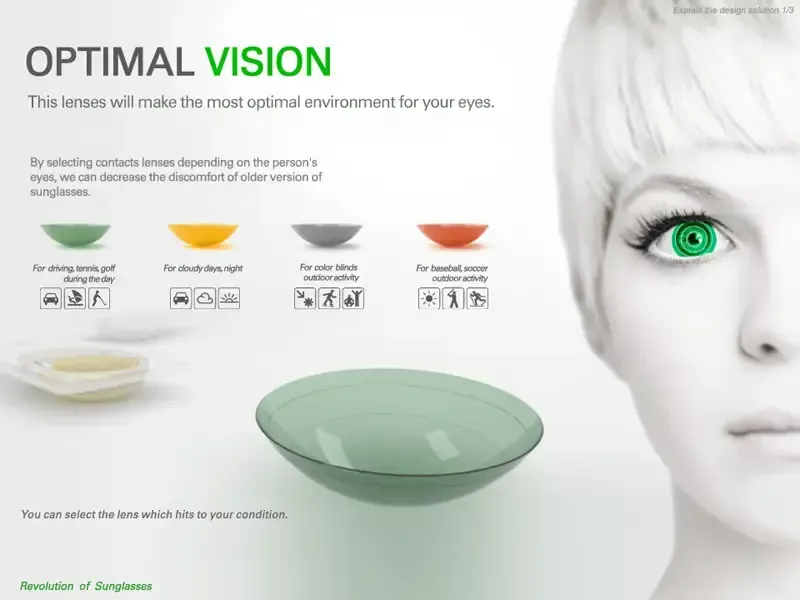Table of Contents
Ever find yourself squinting like a mole emerging from its burrow the second you step outside, even if you're wearing contact lenses? It's a common problem. You need your contacts to see clearly, but the sun still assaults your eyeballs, forcing you to fumble for sunglasses. This is where the idea of **sunglass contacts** enters the picture – contact lenses designed to tackle bright light head-on. But can a tiny lens really replace your favorite pair of shades? It sounds like something from a sci-fi movie, or maybe just a clever marketing pitch.
Understanding Sunglass Contacts: What They Are (and Aren't)
Understanding Sunglass Contacts: What They Are (and Aren't)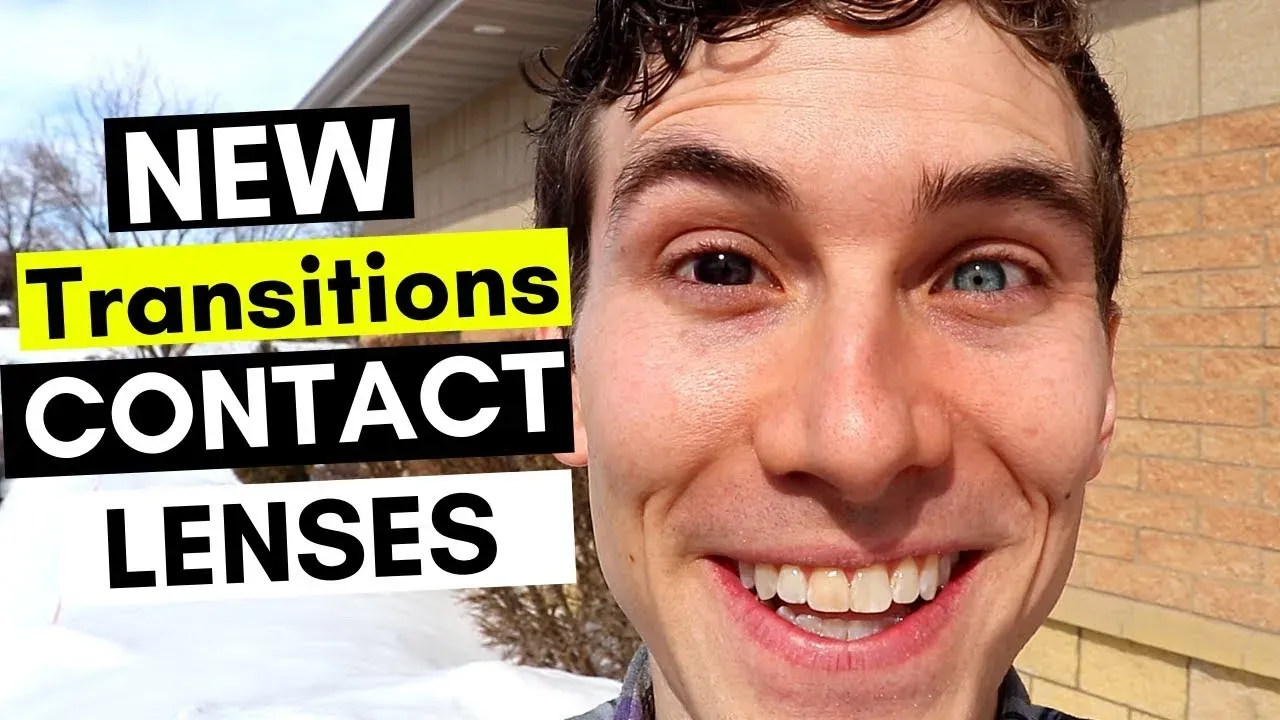
let's talk about **sunglass contacts**. The name itself sounds pretty cool, right? Like mini-sunglasses for your eyeballs. But let's pump the brakes for a second. When people talk about these, they're usually referring to contact lenses that use photochromic technology. Think Transitions lenses, but in contact form. These lenses are clear indoors and darken automatically when exposed to UV light outdoors. The idea is to cut down on the amount of light hitting your eyes, making bright conditions more comfortable without needing a separate pair of sunglasses. What they *aren't* is a replacement for your favorite pair of Ray-Bans or Oakleys. They don't get as dark as proper sunglasses, and they certainly don't offer the same peripheral light blocking or style points. They're more about managing light sensitivity and improving visual comfort across different lighting environments, not blocking out the sun entirely for beach day.
Transitional Sunglass Contacts vs. AlwaysTinted Options
Transitional Sunglass Contacts vs. AlwaysTinted Options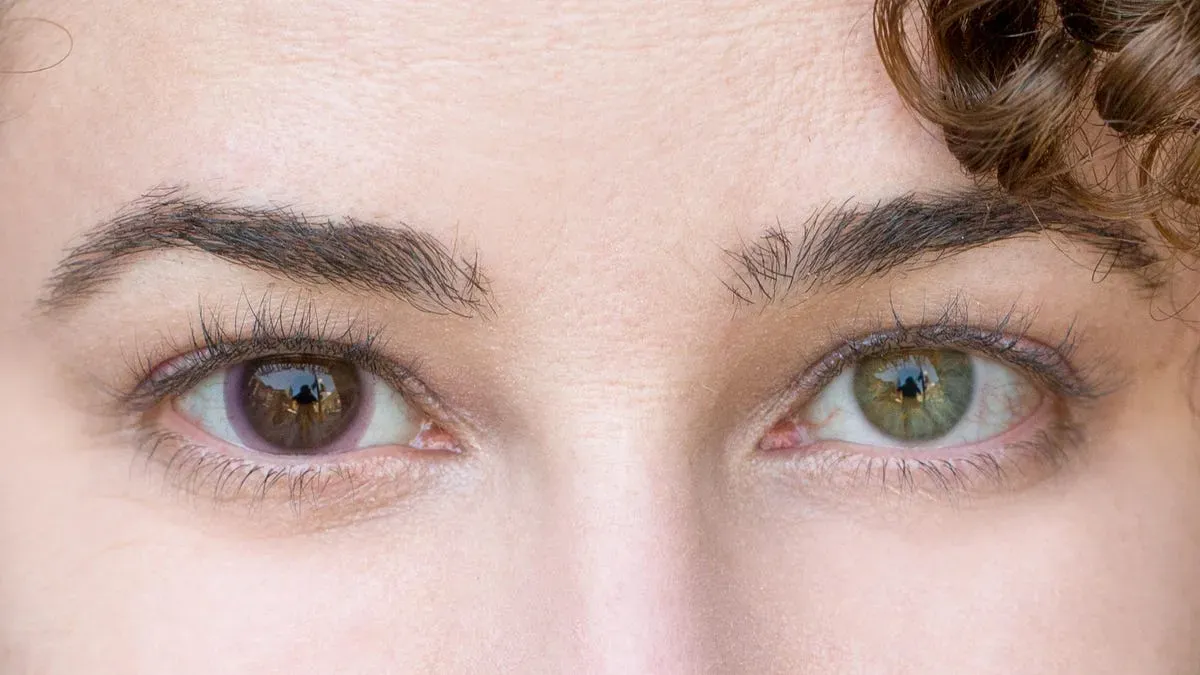
So, you've heard about these futuristic lenses that react to light. The most common type people are talking about when they say **sunglass contacts** are the transitional ones. These use photochromic tech, meaning the molecules in the lens change shape when hit by UV light, causing them to darken. Step back inside, away from the UV rays, and they gradually return to clear. This is the technology you find in products like ACUVUE® OASYS with Transitions™. The big benefit is convenience – no swapping lenses or fumbling for shades. But what about "always-tinted" options that act like proper sunglasses? Frankly, they don't really exist as a mainstream, vision-correcting contact lens product meant for constant wear outdoors like sunglasses. There are cosmetic tinted lenses, sure, but those don't block significant light or UV rays like true sunglasses. Some niche or older products might have had slight tints, but nothing comparable to the dark lenses you'd find on a pair of actual sunglasses designed for bright conditions. The distinction is crucial: transitional lenses adapt for comfort and some UV protection, while true sunglass-level tinting isn't something contact lenses currently achieve for everyday use.
Here's a quick breakdown of the two concepts:
- Transitional Sunglass Contacts: React to UV light, darken outdoors (but not fully opaque), return to clear indoors, focus on comfort and reducing squinting.
- "Always-Tinted" Sunglass Contacts: A concept more than a widely available reality for vision correction; cosmetic tints exist but don't replace sunglasses for light blocking or UV protection.
The RealWorld Experience of Using Sunglass Contacts
The RealWorld Experience of Using Sunglass Contacts
so you've got these **sunglass contacts** in your eyes, the transitional kind. What's it actually like? Stepping outside on a sunny day, you notice a subtle shift. It's not like putting on dark sunglasses where everything goes instantly dim. Instead, it's a gradual tinting, a softening of the bright light. It feels less like wearing shades and more like someone just dialed down the intensity of the sun a notch or two. You still see clearly, but the harsh glare is reduced, and you find yourself squinting way less. Walking back indoors, they start to lighten up again, though this transition can take a minute or two. It’s not instant, so you might feel like you're wearing slightly tinted lenses indoors for a brief period, which can be a little weird at first, especially if you're moving between light and dark spaces frequently. Think of it as a helpful assistant for your eyes, not a full-on bodyguard.
Are Sunglass Contacts Right for You? Weighing the Pros and Cons
Are Sunglass Contacts Right for You? Weighing the Pros and Cons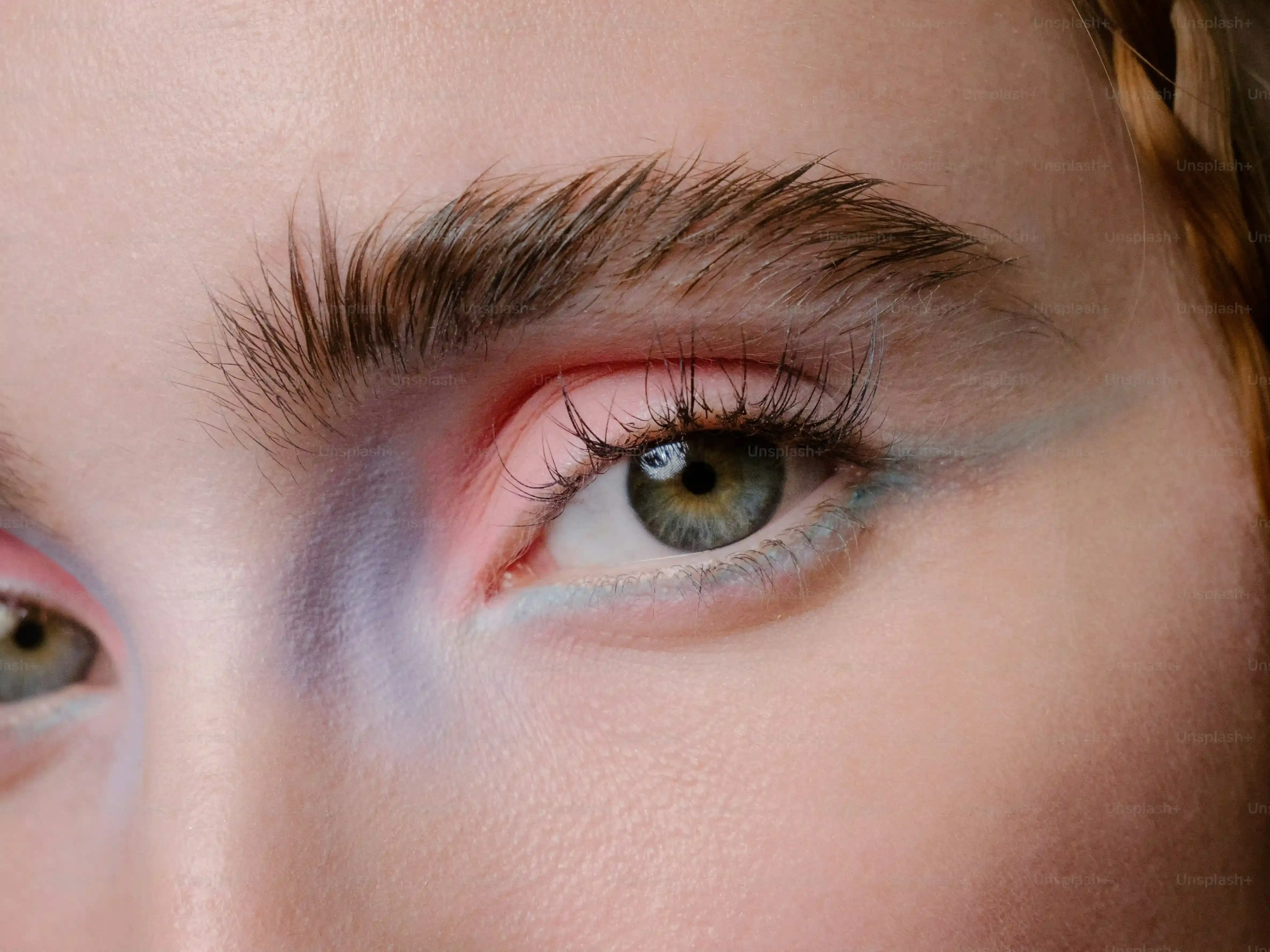
The Upsides: Convenience and Subtle Comfort
So, after hearing about how these things work and what they feel like, you might be wondering if **sunglass contacts** are actually worth considering. The biggest win here is convenience, hands down. If you're someone who constantly forgets their sunglasses, or you find yourself frustrated by switching between glasses and contacts depending on the light, these lenses offer a seamless transition. They manage everyday brightness, reducing that annoying squinting without you having to lift a finger. Think about driving on a partly cloudy day – sun pops out, lens darkens slightly; sun goes behind a cloud, lens lightens. It's automatic. They also offer UV protection, which is crucial for eye health over time, though remember they don't cover your entire eye area like wrap-around sunglasses might.
- Pros of Sunglass Contacts:
- Automatic light adjustment
- Reduced squinting in varying conditions
- Hands-free convenience
- Built-in UV protection for the cornea
- Good for people with mild to moderate light sensitivity
The Downsides: Not a True Sunglass Replacement
Now, let's get real. While the convenience factor is high, **sunglass contacts** aren't a magic bullet, and they certainly aren't a substitute for actual sunglasses when you need significant glare reduction or protection. They don't get dark enough for truly bright, sunny days – you'll likely still find yourself squinting if you're out on the water or snow, or just particularly sensitive to intense light. The transition time can also be a bit awkward; stepping indoors from bright sun and waiting for them to clear up can feel like walking around with a slight tint filter on the world. They also don't block light from the sides or top like a well-fitting pair of sunglasses from a place like sunglasshub.org would. Plus, they generally cost more than standard contact lenses. If you have severe light sensitivity or need maximum glare control for specific activities, these lenses might not cut it on their own.
Beyond Sunglass Contacts: Other Ways to Manage Light Sensitivity
Beyond Sunglass Contacts: Other Ways to Manage Light Sensitivity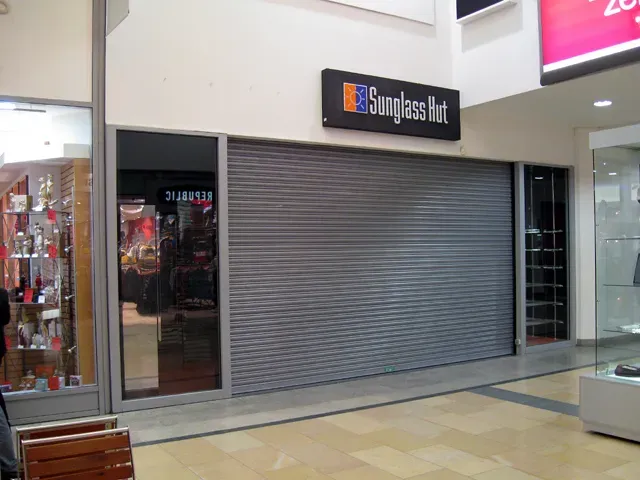
so if **sunglass contacts** don't sound like the perfect fix for your light sensitivity, don't despair. There are definitely other ways to tackle the issue. The most obvious, and often most effective, method is just wearing a good old-fashioned pair of sunglasses. We're talking about shades with proper UV protection and lenses dark enough to actually cut the glare. Wrap-around styles offer the best protection from light sneaking in the sides. Another simple trick is a wide-brimmed hat, which provides shade over your eyes and face. Sometimes, light sensitivity isn't just about the sun; it can be a symptom of dry eyes, allergies, or other underlying conditions. Getting a comprehensive eye exam can help pinpoint if something else is going on that's making your eyes extra sensitive to light. Don't underestimate the power of combining strategies – contacts for vision, sunglasses for intense light, and maybe a hat for extra measure. It might seem less futuristic than sunglass contacts, but sometimes the tried-and-true methods are the most reliable.
Making the Call on Sunglass Contacts
So, where does that leave us with **sunglass contacts**? They're not a direct replacement for a sturdy pair of sunglasses when it comes to intense glare or full eye coverage, but they offer a clever way to manage everyday light fluctuations. The transitional types, like those most commonly available, adapt automatically, providing a subtle reduction in brightness and UV protection. This can be a game-changer for folks who find themselves constantly reacting to changing light conditions. However, if you have severe light sensitivity or need robust protection for activities like driving into a sunset or spending hours on the water, traditional sunglasses still hold their place. Ultimately, sunglass contacts are a tool, a convenient option for specific needs, and whether they're right for you depends on your lifestyle, your sensitivity to light, and what you expect them to do. They won't give you that classic cool factor of a pair of shades from sunglasshub.org, but they might just make your daily life a little less squinty.
